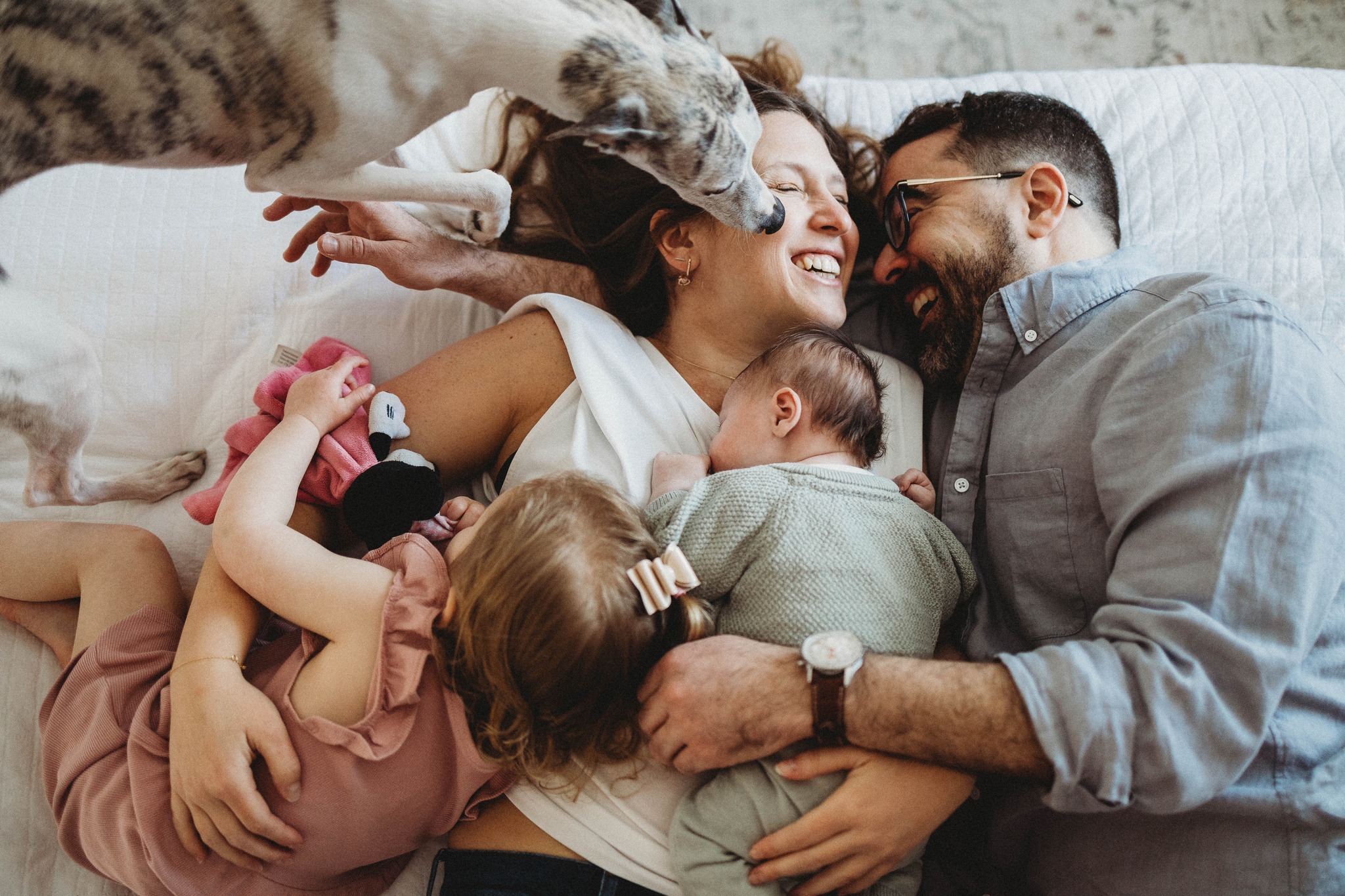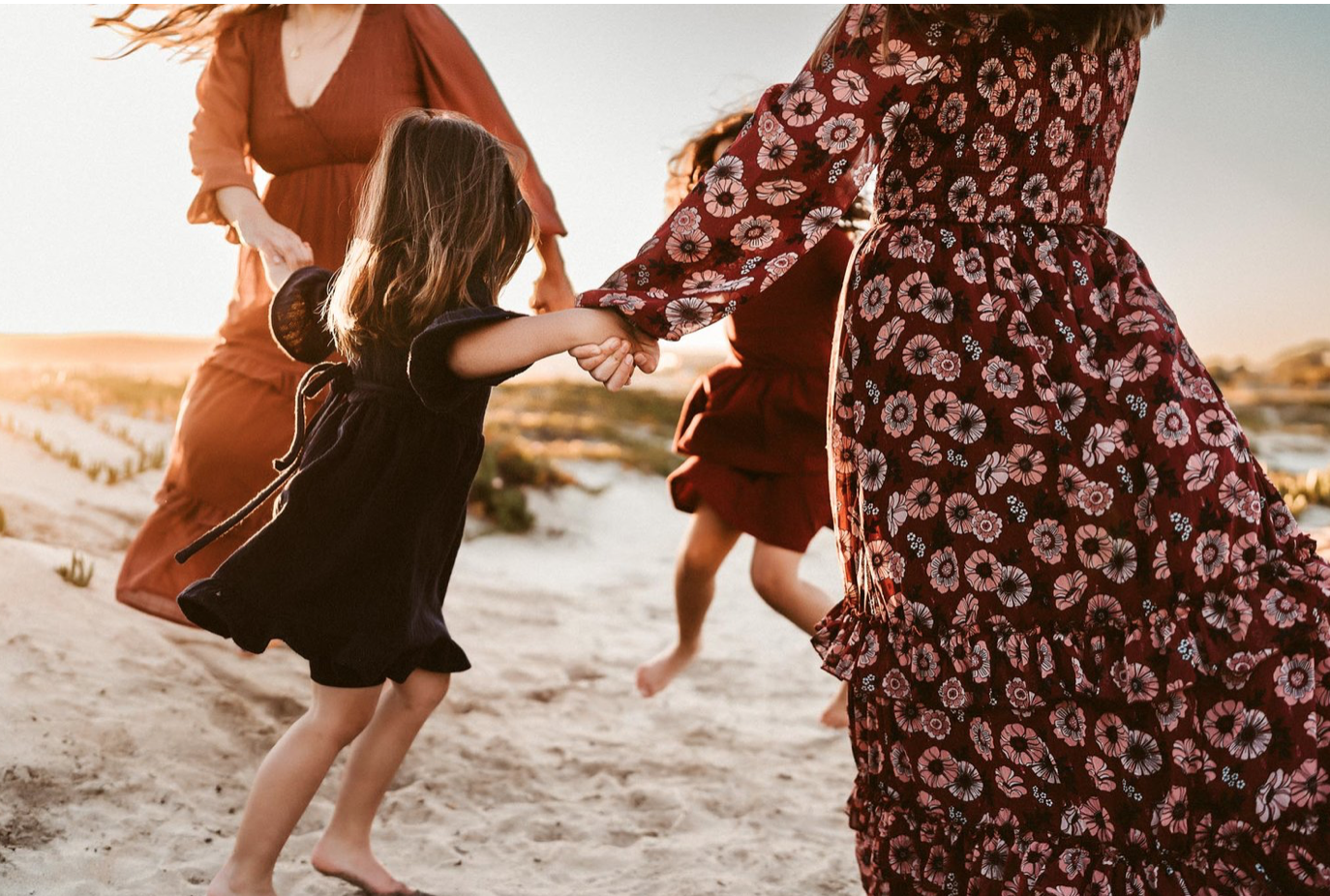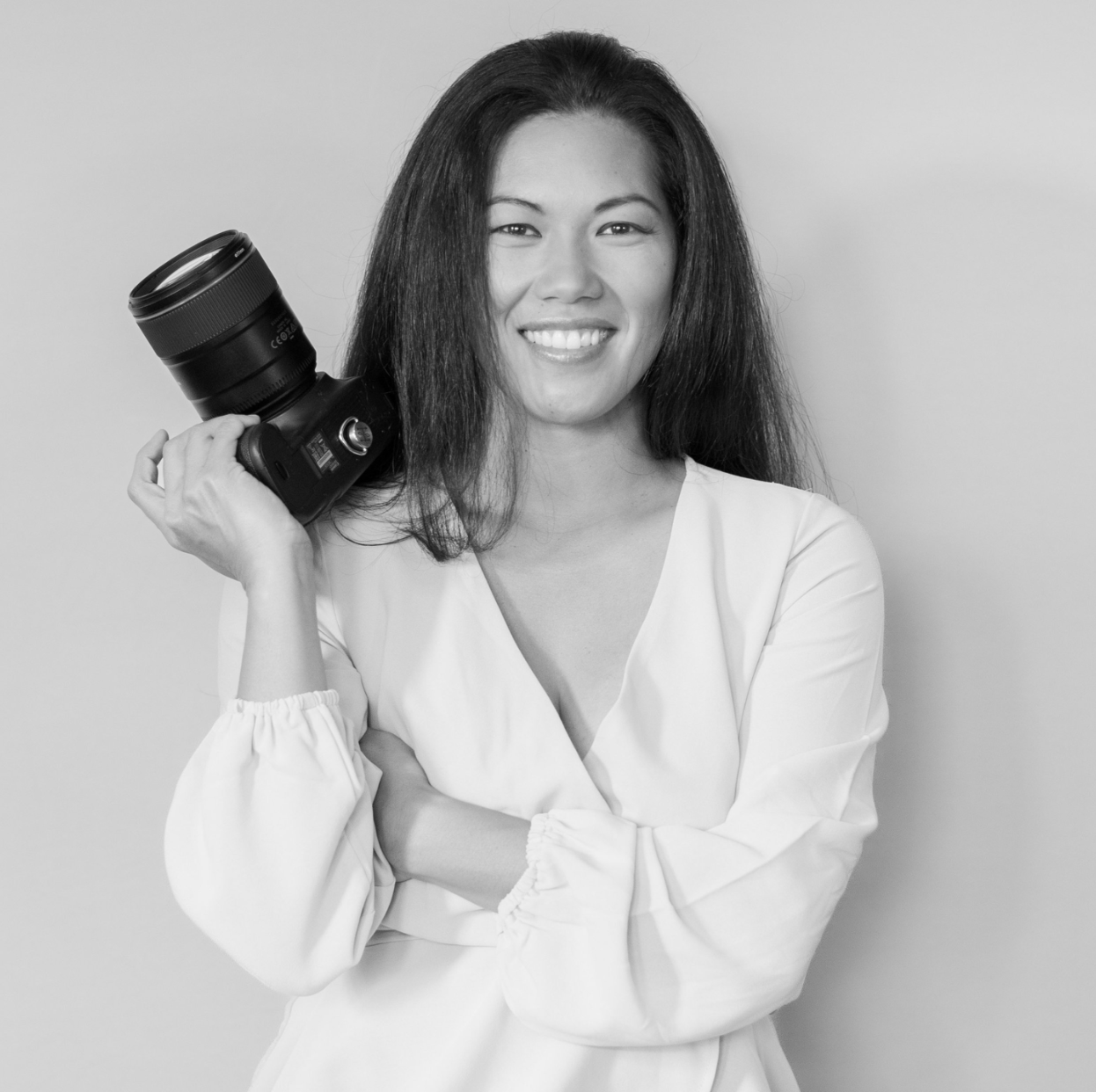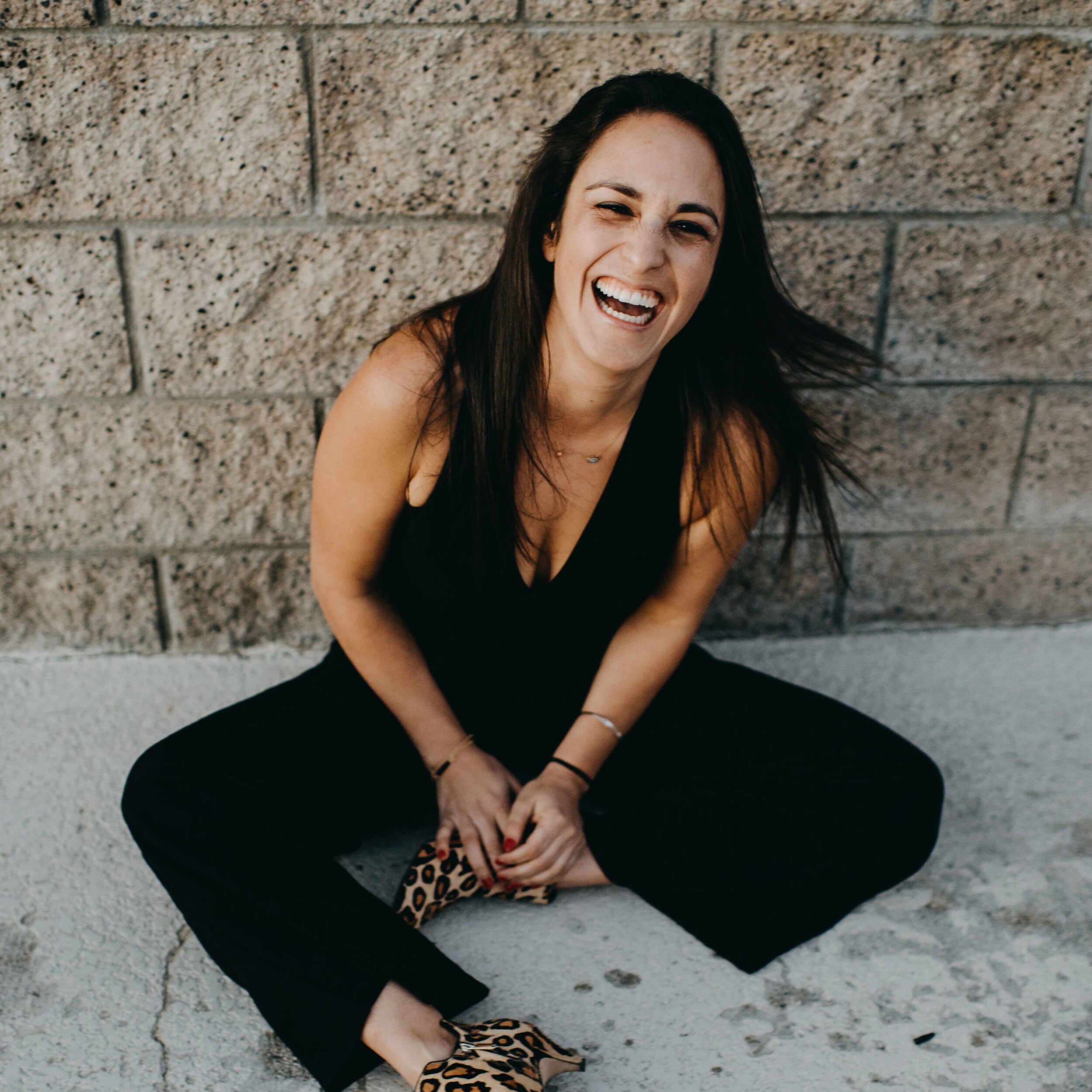I will never forget when I was first starting out on this journey. I knew I wanted to learn how to use my camera. I knew my images looked very different from the professional photographers I was following. I knew I might want to start a business, but knew very little else. It was overwhelming, and was enough to make me want to curl up into a ball and forget about this whole photography thing!
I have searched far and wide and found ten of the most common questions asked by the new photographer. Hopefully this will jump-start your journey, because I promise you it is a beautiful one!
-
What does “manual mode” mean, and do I have to learn how to shoot in this mode? If I do then where do I start?
Manual mode puts the photographer in complete control of how the photo will turn out. You have to manually set both the aperture and the shutter speed. You can take this a few steps further and control the ISO as well as the white balance. The camera will not make any automatic changes to the exposure. Your camera will still guide you to the best exposure with it’s built in meter.
2. How do you achieve sharp focus?
Focus can be one of the most frustrating elements of photography when you are first starting out. Nailing focus could be an entire article in and of itself, but I wanted to touch on this very common beginner question. There many factors that go into getting a sharp image, but there are two focusing methods that help you to stay in control of focus rather than relying on the camera’s autofocus function. Chances are most professional photographers are using one of these methods and that is why their images are sharp. The two methods I am referring to are toggling your focal points or using back button focus. To toggle focus, you manually choose where you want to focus within the frame. The focal points available for your camera depend on the make and model, but they will likely look something like this:
{toggle diagram}
In the following image, I have toggled the focal point right to the inner corner of the subjects right eye. If the subject had been on the other side of the frame I would have toggled to the eye on that side. In the following image the red dot indicates where the focus was toggled to.
{image example}
Back Button Focus is a focusing method many professional photographers swear by. Cameras are setup to auto focus when you hold down the shutter button halfway. Back button focus changes it so that the shutter button does not control the focus activation at all, instead you assign another button on the back of the camera to activate focusing on the camera.
3. Do you really have to edit all your photos?
In a word, yes. While it is best to nail an image in camera, editing is how it all comes together to become a finished image. Some photographers are more artistic with their editing and some are more clean. This is really just a personal preference and will come with time.
4. What gear do I need to achieve great photos?
The gear you have in your bag is a personal preference and really depends on what type of photography you are interested in. It is recommended to start your journey with the “nifty 50,” AKA a 50mm prime lens. All major manufacturers have great 50mm options and this really is a fantastic starter lens. After you have explored with the 50mm lens, you can try your hand at more wide angle and then longer focal lengths. If zoom is appealing to you, there are plenty of zoom lenses out there, however you will hear many professional photographers who swear by prime lenses.
5. Do I have to be in business to be considered a professional photographer?
No!! There are many, and I mean MANY photographers who are not in business and only photograph their children and they are incredible! You absolutely do not need to be in business to be respected or taken seriously.
6. What is white balance?
Again, a whole article could be written on this question alone so I will try and keep this answer brief. Do you ever wonder why sometimes your subjects look bright yellow or orange, or why sometimes they look grey or blue? Well, this is because your white balance is off. To define this very simply, in reference to digital photography, white balance means that the colors in your image are true to life. White balance is measured by numbers, lower being cooler and higher being warmer.
Now white balance is a lot more than an exact science of numbers as it can also be a matter of preference. There are many ways to control white balance. You can set a custom white balance, trust your camera and put your camera on auto white balance, or directly set your Kelvin temperature. White balance is often one of the first things photographers adjust when processing their images.
7. What is the difference between JPG and RAW?
JPG is the most common file format for digital photographs. Your camera can be set to shoot and store the images you make in varying sizes of JPG. The thing with JPG is that a lot of detail is lost when the image is shot this way. When a JPG image is taken, the camera does some automatic processing which varies with make and model of camera. When you go to edit an image shot in JPG you do not have as much data to work with, and it can be hard to recover over or underexposed parts of the image. It also gives you less control in post processing in the way of color. RAW files are uncompressed and unprocessed shots of all of the detail available to the camera sensor. RAW files are completely unedited and need to be post processed.
While it is recommended that you shoot in RAW to remain in complete control of your images, there are many photographers who shoot JPG and love it. While certain benefits of RAW files are clear cut, the files are quite large and in the end It is a matter of preference.
8. How do I know when it is okay to go into business?
Take your time! But I know it can be very exciting and hard to wait. If you are thinking about going into business ask yourself these questions: 1. Are my images consistently properly exposed, properly focused, and well composed? 2. Am I ready for hard deadlines and to act like a professional? Make sure the answer is yes to these questions before even thinking about going into business. You see, being a photographer may be the best job in the world, but it is a JOB. To succeed in this business you must be professional and ready to take on all that it entails. If you are thinking about getting a business started, talk to an accountant and if you can, a lawyer. You must have a proper business license and you should have insurance before you ever take a paying client. Above all, be legal. Do not charge pennies for your time, as that is the most valuable resource you possess. You are an artist and you should receive a good wage for your work.
9. How do I learn how to pose people?
Posing and directing is an art form, and it takes lots of practice and confidence. I recommend shooting as many people as you can as often as you can. I also recommend thinking long and hard about your vision. What do you want your images to say? Plan ahead, and then you can guide and direct in such a way to execute your vision. Do you want your images more posed or do you want them to appear more candid? You have to know what you want to achieve before you begin posing and directing.
Check out my free posing webinar by clicking HERE.
10. How do you find balance with life and photography?
Weather you are in business or a hobbyist, photography has a way of running our lives. This is because we feel so passionate about it. I think making a schedule and sticking to it is very important. So if you have shoots to edit (personal or commissioned), pick a time each day to dedicate to editing and stick to it. If you like to blog, pick a day of the week that you will carve out time to blog. I am a big fan of the old fashioned paper planners and I chart out my entire week there. This really keeps me sane and in control.






Read the Comments +